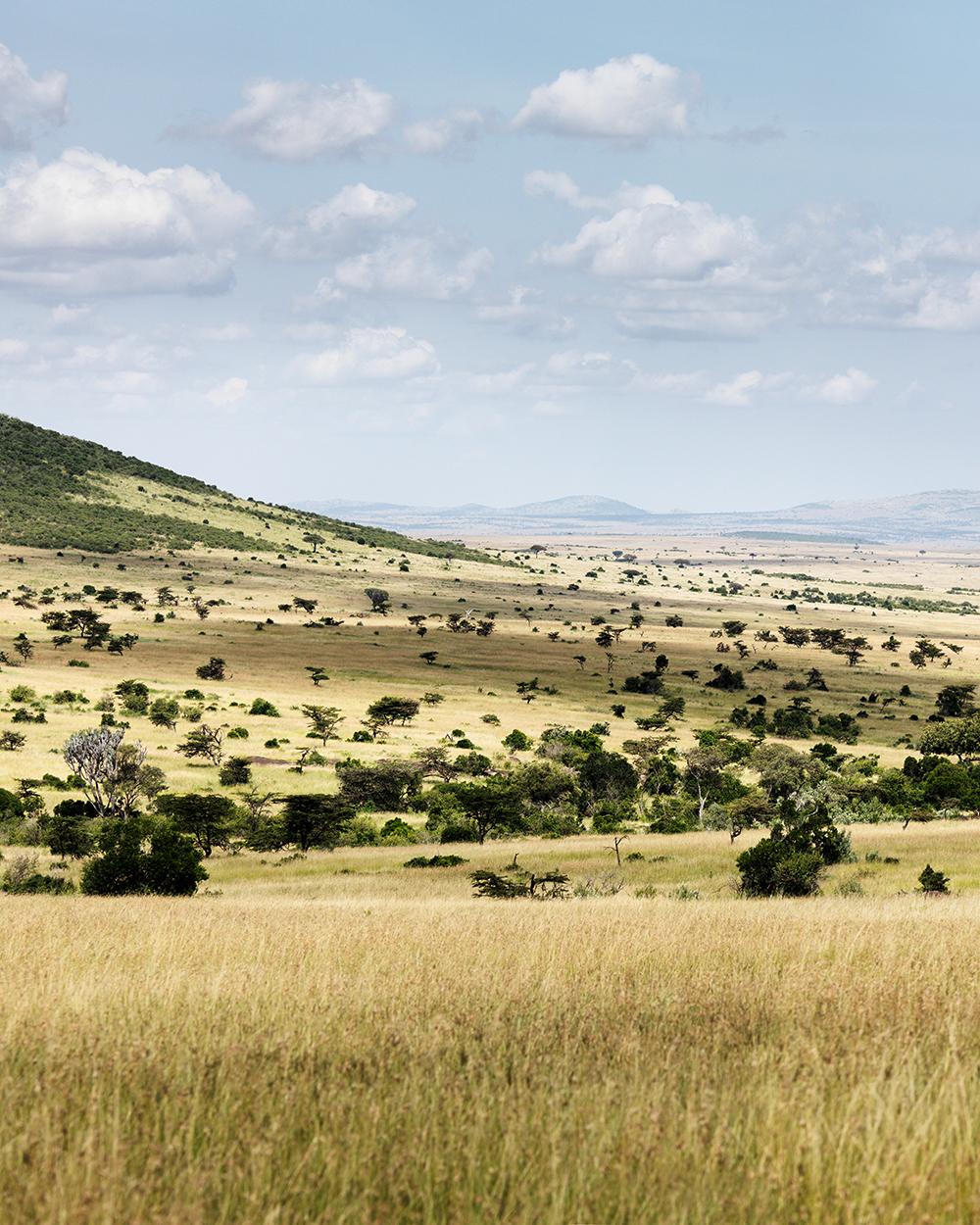
Wildlife Spectacle Without Borders – Masai Mara is famed for its vast grasslands and the annual Great Migration, where millions of wildebeest and zebras traverse its plains. This iconic reserve is a wildlife haven, offering close encounters with Africa’s Big Five and a glimpse into the rich culture of the Maasai people.
Start Planning1,500 meters (4,921 feet)
1,510 square kilometers (583 square miles)
Temperatures average between 20°C (68°F) and 30°C (86°F)
By Air: There are several airstrips in the Masai Mara serviced by daily flights from Nairobi. The flight takes approximately 40-45 minutes.
By Road: The drive from Nairobi takes about 3.5-4 hours depending on the escarpment road traffic.
Peak Season: July to October is the most popular time to visit due to the dry weather and the migration of the wildebeest.
Off-Peak Season: Although November to June includes the rainy seasons, it offers lush scenery, fewer tourists, and better rates.
The Great Migration: Witness the awe-inspiring sight of millions of wildebeest, zebras, and gazelles migrating across the Mara River annually.
Big Five: The Masai Mara is famous for easily spotting the Big Five: lions, elephants, leopards, rhinos, and buffalo.
Bird Watching: Over 470 species of birds are present, including vultures, marabou storks, and secretary birds.
Cultural Experiences: Visit a Maasai village to learn about the Maasai people's culture, traditions, and way of life.
Kenya has introduced an Electronic Travel Authorization (ETA) requirement for foreign travelers, which replaced traditional visa requirements starting January 2024. Travelers must apply for the ETA online prior to their arrival in Kenya.
A Yellow Fever vaccination is required if traveling from a country with a risk of Yellow Fever.
Most resorts offer wireless internet connections, as do airports. For maximum connectivity throughout your trip, consider purchasing a local SIM card at the international airport upon arrival.
Safaricom offers the best coverage in Kenya, especially in national parks and rural areas.
Sun protection and hydration are key. Being located on the equator means the sun is significantly harsher than in places like Europe.
Take extra care on safari and beach excursions.
For a comfortable and enjoyable safari in Masai Mara, consider packing:
Lightweight, Neutral-colored Clothing: Ideal for game drives and bush walks. Avoid bright colors that can attract insects or disturb wildlife.
Comfortable Walking Shoes: Suitable for bush walks and exploring around the camp.
Binoculars and Camera: Essential for wildlife viewing and capturing memories.
Sun Protection: Bring sunscreen, a hat, and sunglasses to protect against the strong equatorial sun.
Warm Layers: Mornings and evenings can be cool, so pack a warm jacket or sweater.
It's important to carry enough cash, as many lodges and camps do not have facilities for tipping with credit cards and might not have enough cash for change.
A common practice is to tip $10-$15 per guest, per day. This usually goes into a communal tip box and is shared among all the lodge or camp staff, including those working behind the scenes.
For individuals who guide you through your safari (guides and trackers), a typical tip is about $10-$20 per person, per day.
At restaurants, tipping about 10% of the bill is customary.
Always ensure that your tips are given as a token of appreciation for good service, rather than out of obligation.
Drones are prohibited unless you have obtained a specific permit. Customs conducts scans of all bags upon arrival and will confiscate any drones, holding them until your departure day.